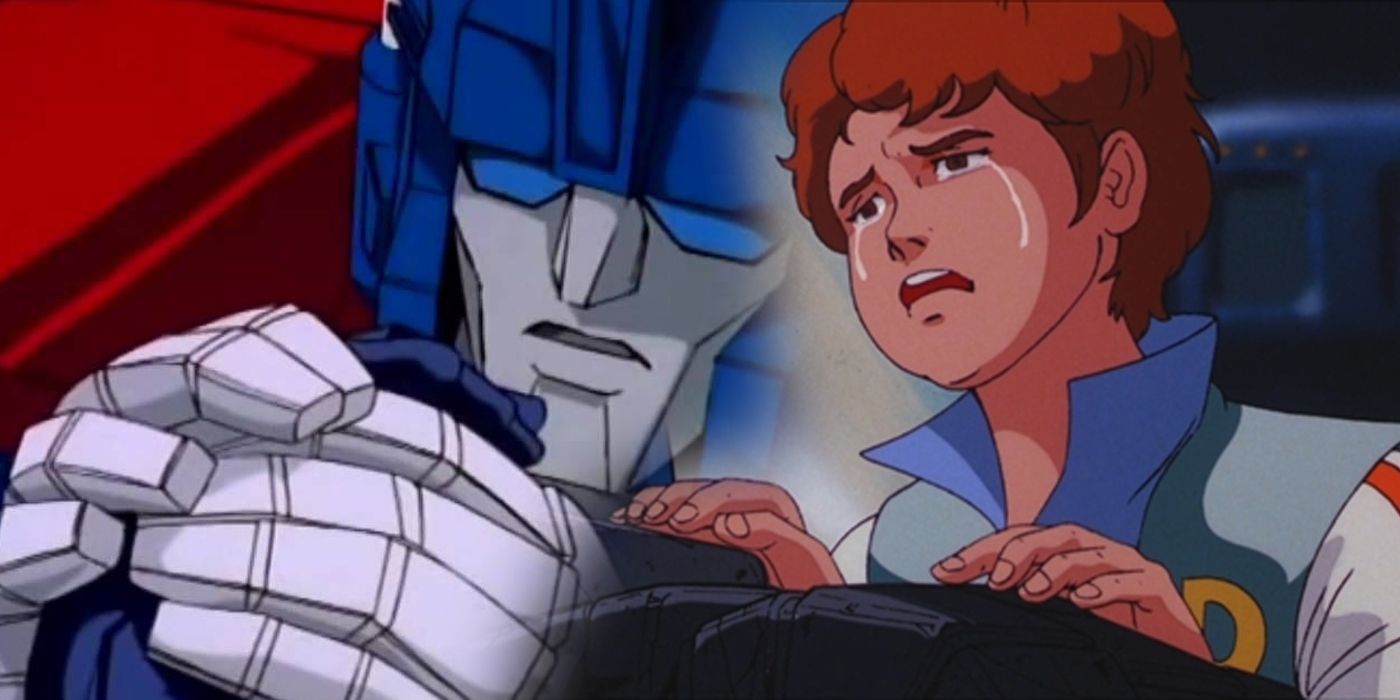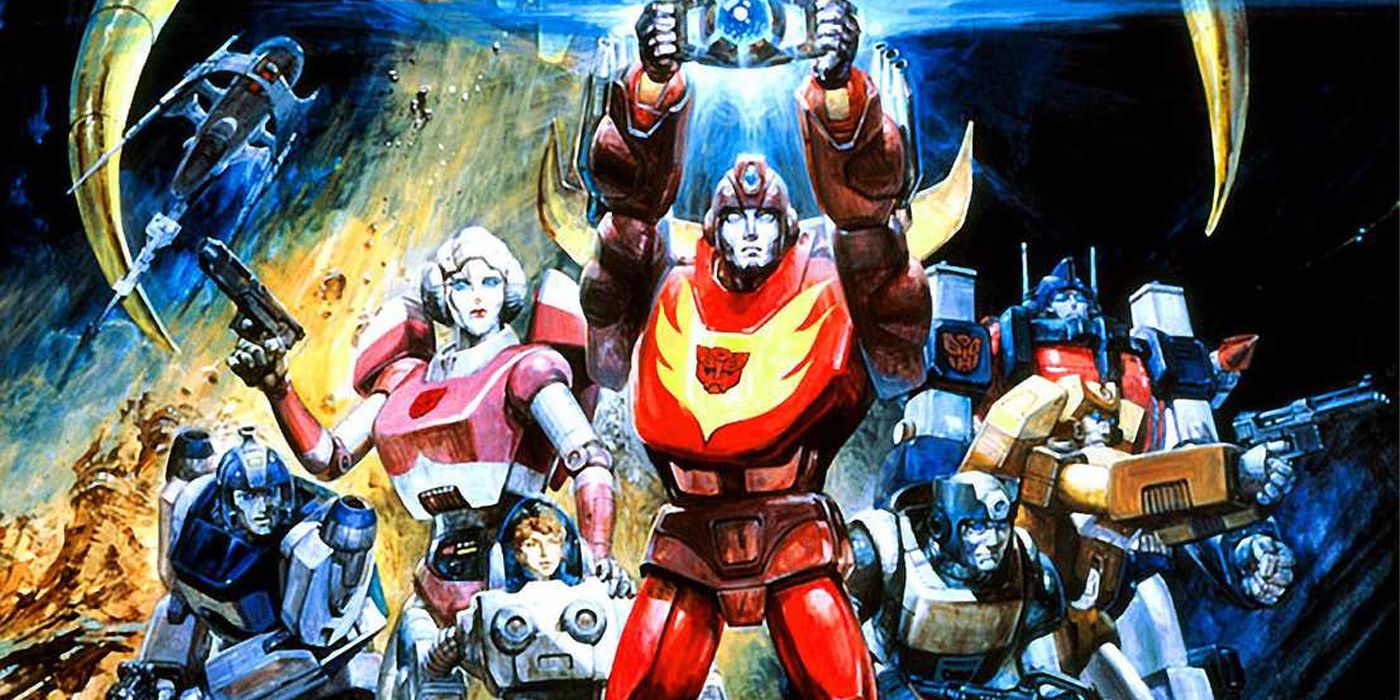The first big-budget Transformers movie was the 1986 animated feature The Transformers: The Movie; however, far from being a blockbuster hit, The Transformers (1986) was a significant misfire that was controversial among fans. Costing a budget of approximately $5 million (or possibly $6 — there are conflicting reports), and featuring a star-studded voice cast, Transformers (1986) was a box office disappointment and a financial failure for Hasbro — despite the immense popularity of the brand.
In the 1980s, the Transformers property was in its heyday: the toy line was incredibly popular, helped in no small part by the animated series. Retrospectively deemed Transformers Generation 1 or "G1" by fans and collectors, the mid-'80s saw the IP skyrocket in popularity, quickly becoming one of the main toy fads of the decade.
Fans were widely critical of The Transformers (1986), and at the time of its release, it received mixed reviews from critics. A common complaint the movie received was that it felt like an extended commercial for the toys, which understandably put off adult viewers. To make matters worse, the movie also featured a plot that alienated even the most die-hard of the property's fans: the shocking, unexpected death of a beloved Transformers character.
Why The Transformers: The Movie (1986) Upset Fans
The first act of The Transformers (1986) features an epic battle between the two main factions from the animated series: the Autobots, the heroes, and the Decepticons, the villains. The leaders of both groups, Optimus Prime and Megatron, face off in a thrilling fight that leaves both main characters mortally wounded. As his dying act, Optimus Prime then passes down his mantle as the leader of the Autobots — accomplished through literally offering his Matrix of Leadership to his old friend Ultra Magnus. Upon doing so, the light fades from his eyes and his body turns grey, leaving him an immobile lifeless form. The scene is incredibly touching, but perhaps too mature for younger audiences, and its inclusion so early in the movie put a damper on the rest of the film.
The movie was intended to bridge the gap between seasons 2 and 3 of The Transformers the series, and while many were upset by the turn of events in The Transformers (1986), the scene does offer a poignant message about legacy and succession. Optimus Prime's death — in which the wise leader is surrounded by loved ones and tells them "do not grieve" — is a stark contrast to how the Decepticons react to their grievously-injured leader. Megatron is unceremoniously jettisoned into space with the rest of the wounded by his treacherous lackeys, with Starscream taking the opportunity to usurp the throne. Megatron does not go willingly, however, and when he later returns as Galvatron, he quickly dispatches of his traitorous second-in-command. While the Autobots grieved the death of their leader, the Decepticons relished their's — but what's more, the scene demonstrates how the power structures of both factions are fundamentally different.
The Transformers (1986) may be an almost-incomprehensible film at points, but it has gone on to obtain a cult status. Fans of the movie appreciate its stunning animation, incredible voice cast (it was Orson Welles's final role before his death), and high-energy '80s rock soundtrack. While Optimus Prime's death remains a contentious plot point, most can agree that it's a touching tribute to the iconic character, who went out doing what he did best: protecting his people from Megatron.


